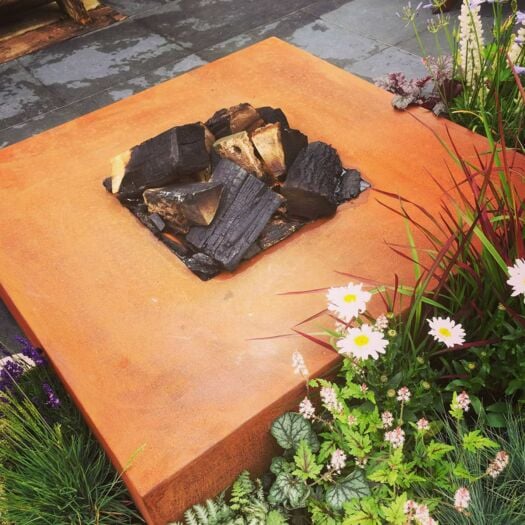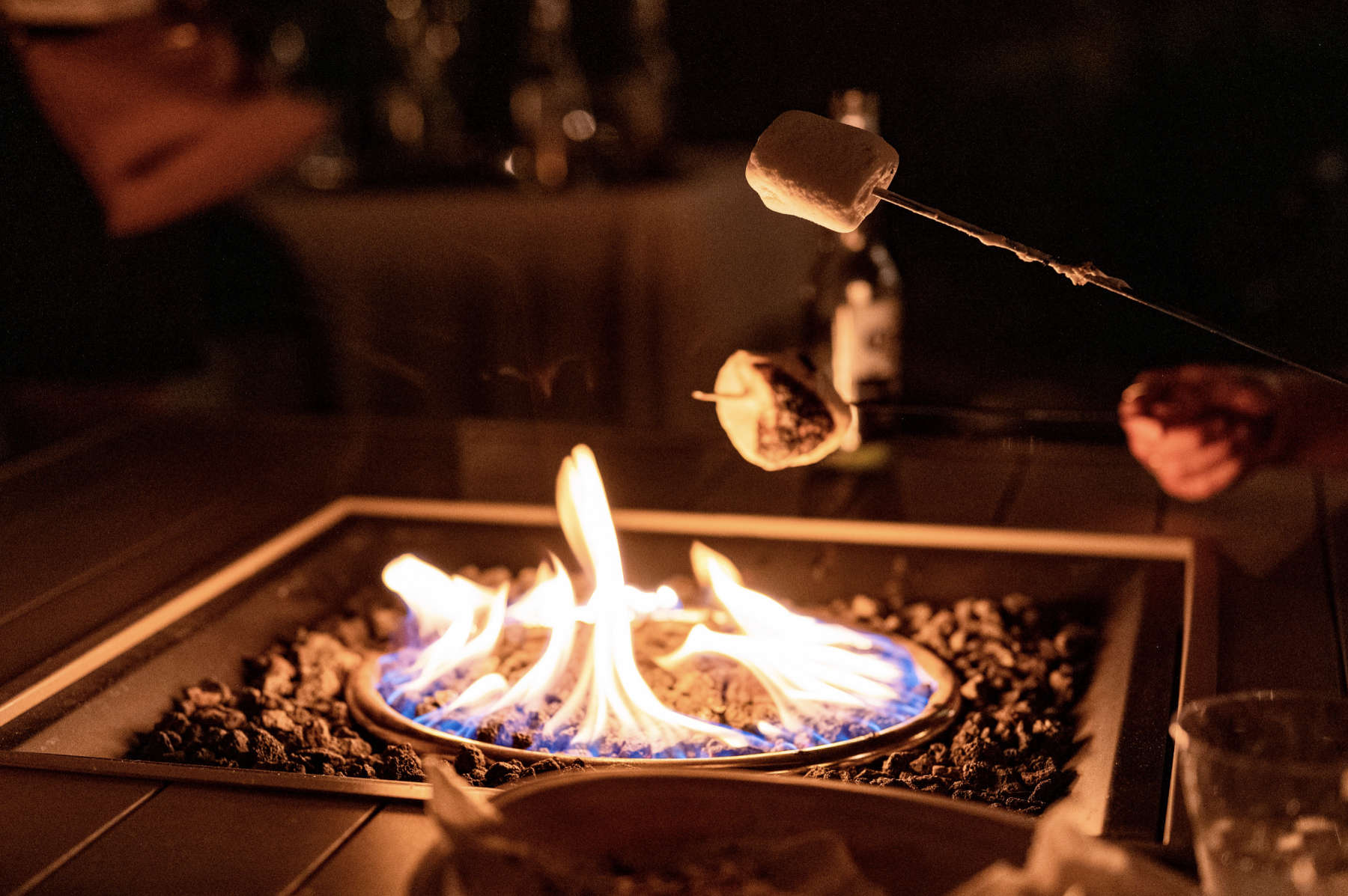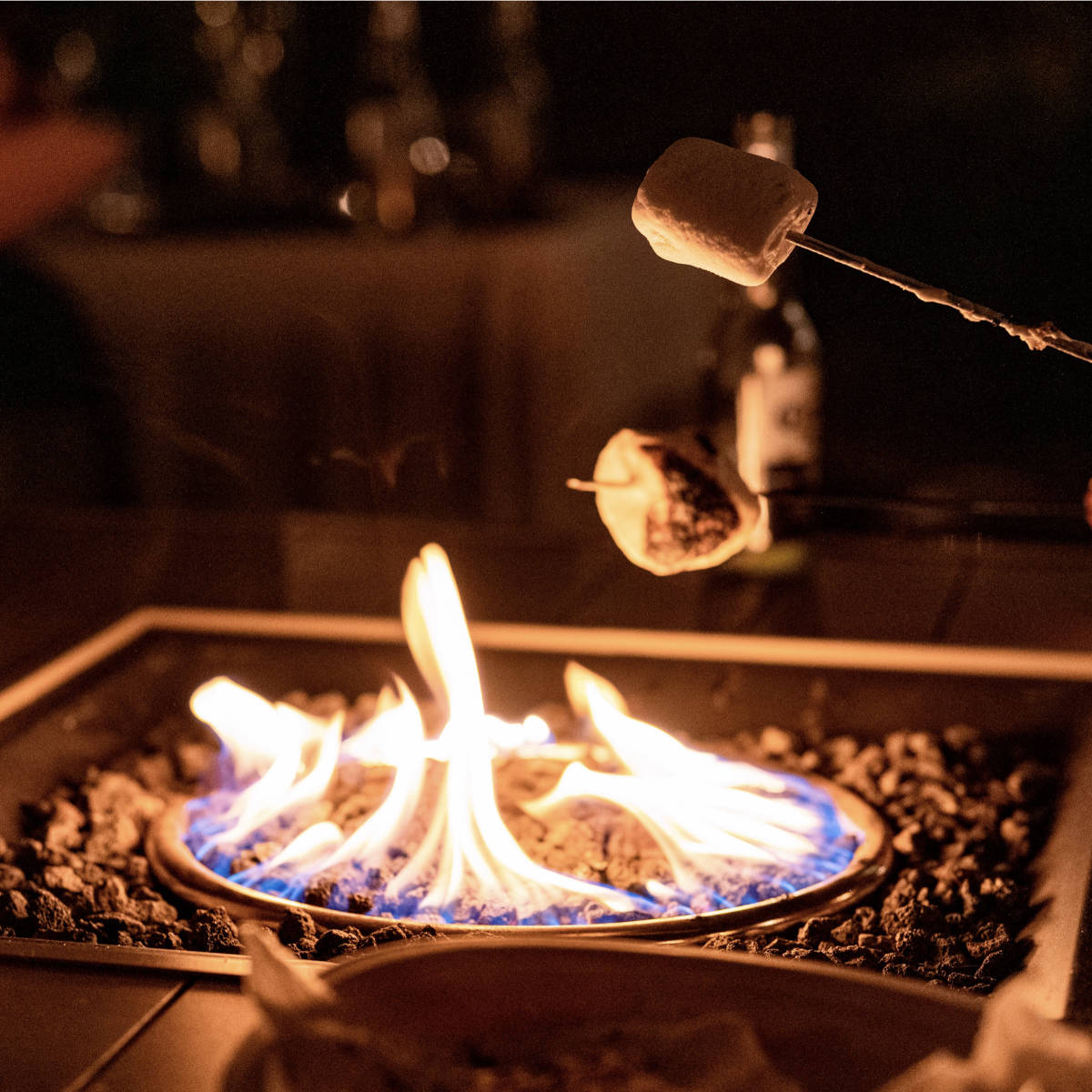
What's a great way to enjoy your outdoor space while adding warmth and ambience to it? Gardens are great spaces to enjoy the outdoors, whether you want to relax, entertain or simply spend time with loved ones. One of the best ways to enjoy your garden is to light a fire, which can add warmth and ambience to your outdoor space especially during colder evenings, as well as provide entertainment and a focal point for socialising. Let's explore the advantages of a garden fire, including the different types of fire you can use, and some general safety considerations to keep in mind.
Advantages of a Garden Fire
-
Entertainment: One of the biggest advantages of a garden fire is that it can be a source of entertainment for you and your guests. Whether you're toasting marshmallows or enjoying a glass of wine around the fire, it's a great way to create a social atmosphere and spend quality time with friends and family.
-
Warmth: Another advantage of a garden fire is that it can provide warmth on chilly evenings, extending the time you can spend outdoors. With a fire pit or fire bowl, you can create a focal point for your outdoor space, which can be especially useful if you have a large garden.
-
Aesthetics: A garden fire can also add to the aesthetics of your outdoor space, creating a cosy and inviting atmosphere. Whether you prefer the rustic charm of a wood-burning fire pit or the modern look of a gas fire, there are many options to choose from that can complement your garden's style and decor.
Types of Garden Fire
When it comes to lighting a fire in your garden, there are a variety of options to choose from. Depending on your preferences and needs, you can choose from different types of garden fire, each with its own advantages and disadvantages. From traditional wood-burning fire pits to sleek and modern gas fires, there's a garden fire to suit every taste and style.
- Fire Pit: A fire pit is a type of outdoor fireplace that can be made from various materials, such as metal or stone. It's typically designed to be a permanent built-in feature, and can burn wood or charcoal. Fire pits come in a range of sizes and styles, from small portable models to larger permanent structures.
Pros:
-
-
- Provides a traditional campfire experience
- Can be used as a cooking source
- Can be relatively inexpensive
-
Cons:
-
-
- Requires more maintenance than gas fires to clean out
- Can produce a lot of smoke
- Can be a fire hazard if not used correctly
-
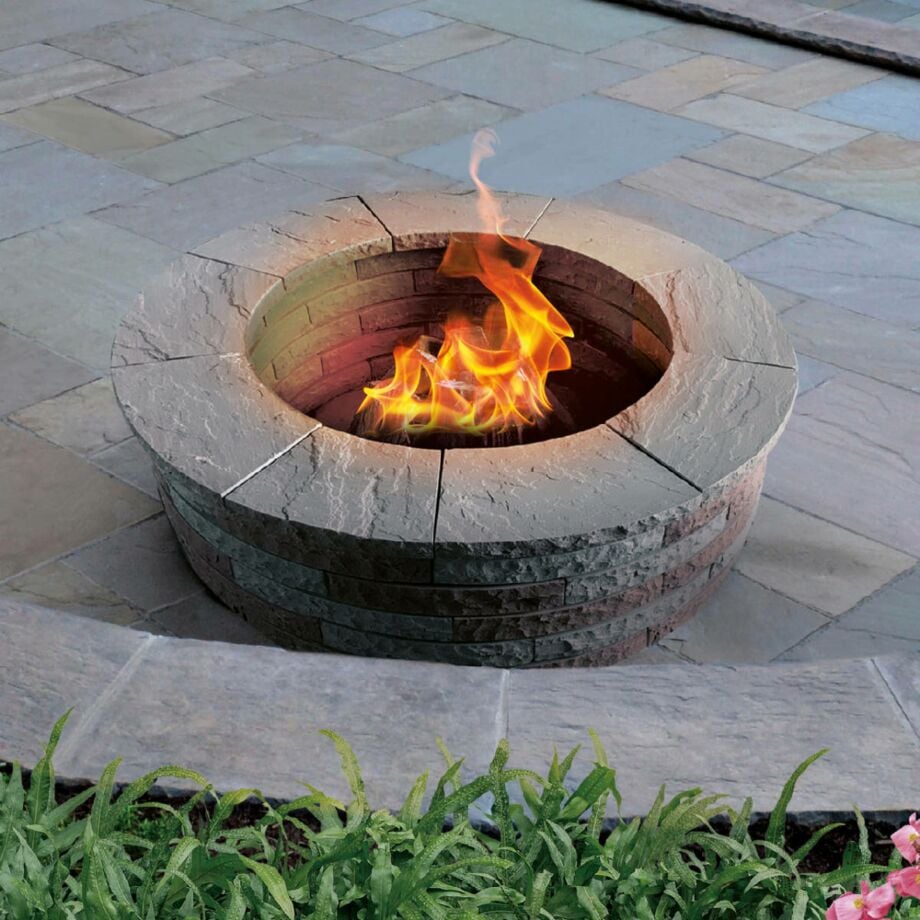
- Fire Bowl: A fire bowl is similar to a fire pit but is designed to be placed on the ground on gravel for example, or on an elevated surface. It's typically smaller than a fire pit and can be made from a variety of materials, such as metal, clay or stone. Fire bowls can also burn wood or charcoal.
Pros:
-
-
- Takes up less space than a fire pit
- Provides warmth and ambience for outdoor dining
- Can be a stylish addition to your outdoor decor
-
Cons:
-
-
- Can be less safe than a fire pit if not used correctly
- Can be less stable on an elevated surface
- Requires a suitable surface underneath
-
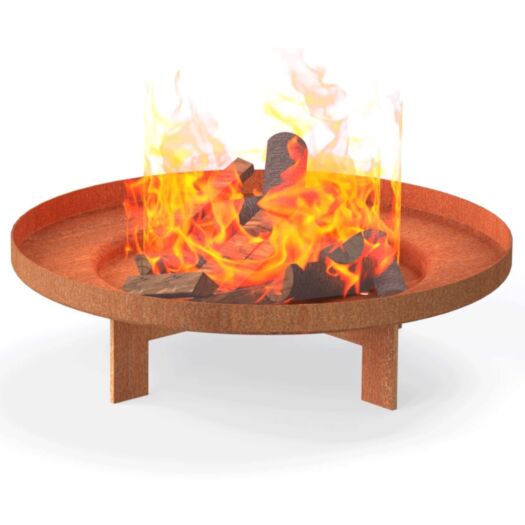 |
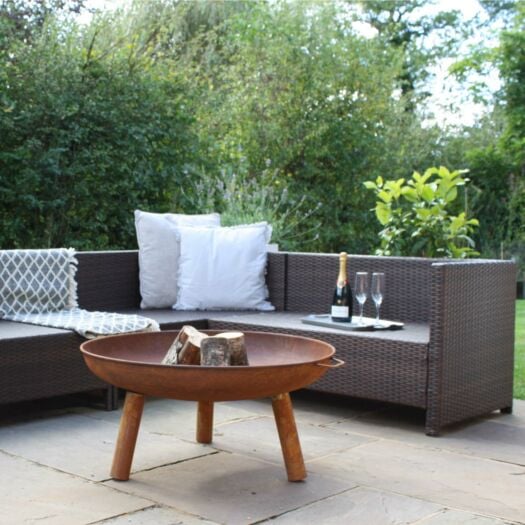 |
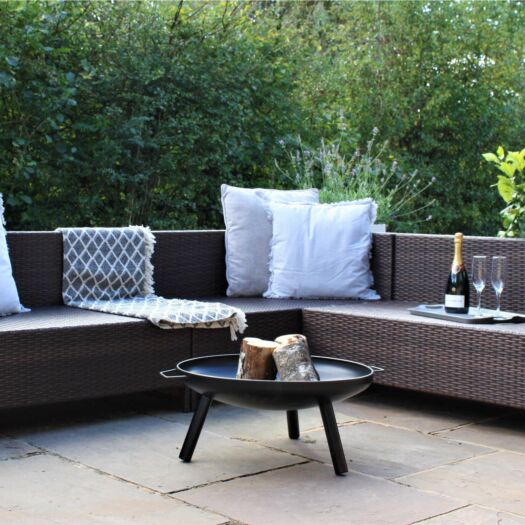 |
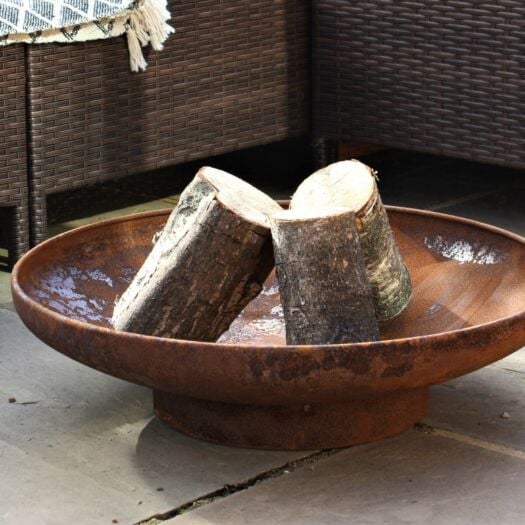 |
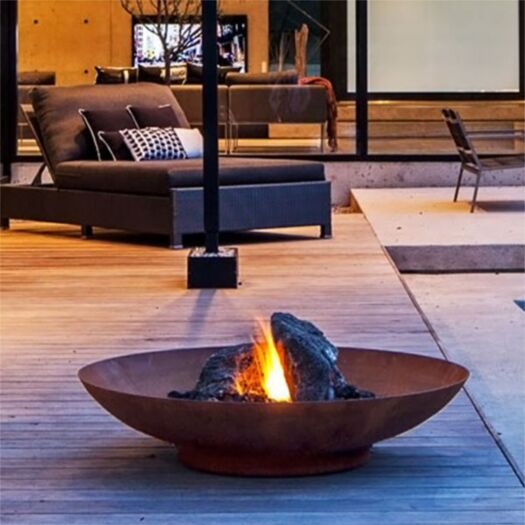 |
|
 |
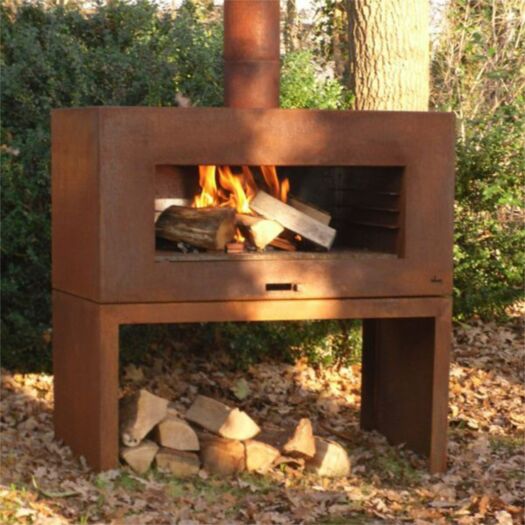 |
- Gas Fire: A garden gas fire is a type of outdoor fireplace that burns propane or natural gas, typically using a burner or heating element. It can be designed to resemble a traditional fire, with logs and flames, or a modern fire, with a more streamlined look.
Pros:
-
-
- Easy to use and maintain
- Produces no smoke or ash
- Can be used in areas with fire restrictions
-
Cons:
-
-
- Can be more expensive than wood-burning fires
- May not provide the same ambience as a traditional fire
- Requires a gas line or propane tank
-
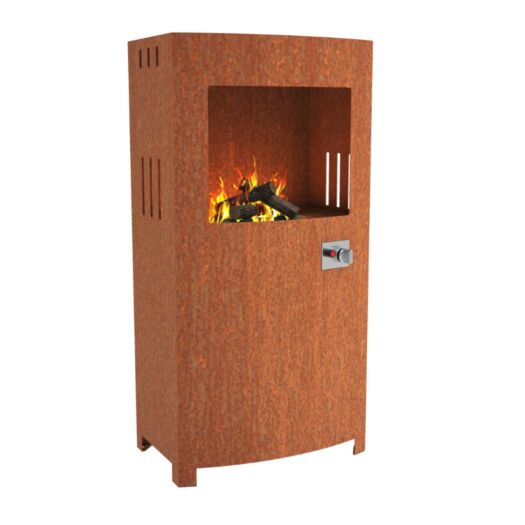 |
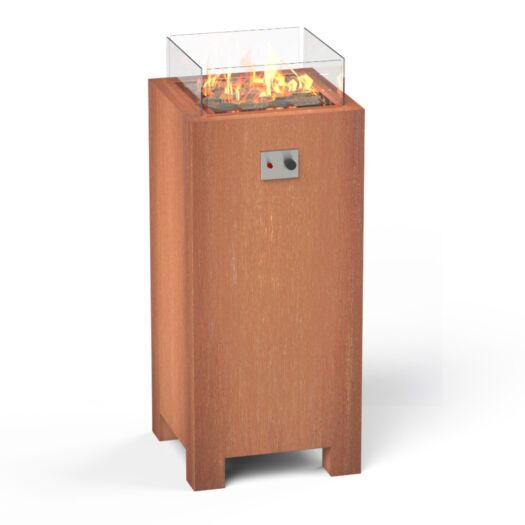 |
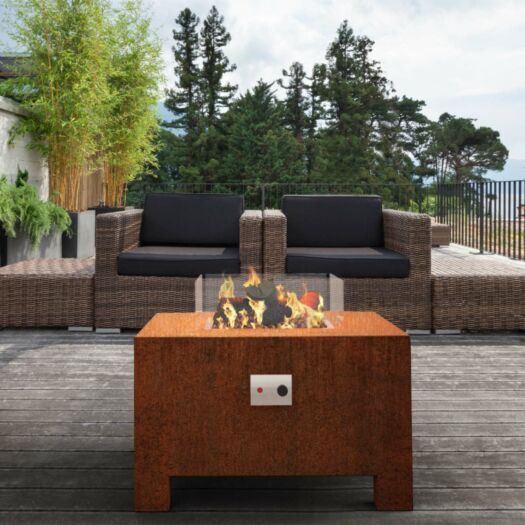 |
General Safety Considerations
-
Always follow the manufacturer's instructions when using a garden fire, and never leave it unattended.
-
Make sure your fire is a safe distance from any flammable objects, such as trees or furniture.
-
Keep a fire extinguisher or bucket of water nearby in case of emergency.
-
If using a wood-burning fire, only use seasoned hardwood and avoid using softwoods or other materials that may produce excessive smoke or sparks. Store your seasoned logs away from the fire to prevent unwanted fires caused by sparks, a log store is a good idea.
-
When using a gas fire, make sure the gas line or propane tank is properly installed and maintained, and never use an outdoor gas appliance indoors.
-
Always supervise children and pets around the fire, and keep them at a safe distance.
-
Finally, be aware of any local fire regulations or restrictions in your area, and always comply with them to ensure the safety of yourself and others.
In conclusion, a garden fire can provide a range of benefits, from entertainment to warmth and aesthetics. By choosing the right type of fire for your outdoor space and following some basic safety guidelines, you can enjoy all the advantages of a garden fire while keeping yourself and your loved ones safe. Whether you prefer the traditional charm of a wood-burning fire pit or the convenience of a gas fire, there's no doubt that a garden fire can add a special touch to your outdoor living space.

